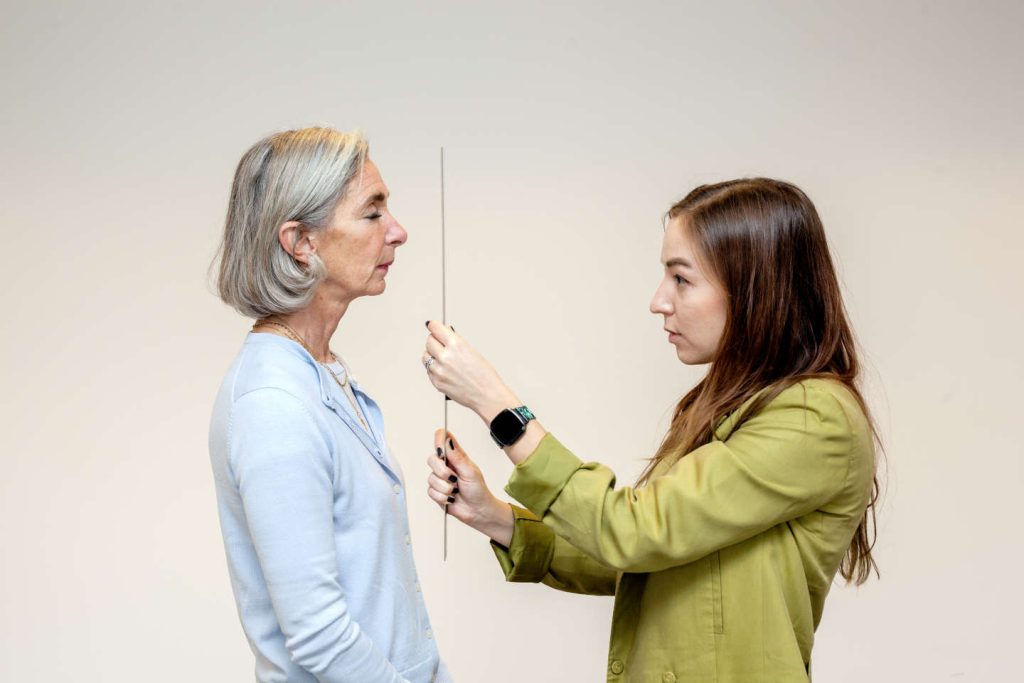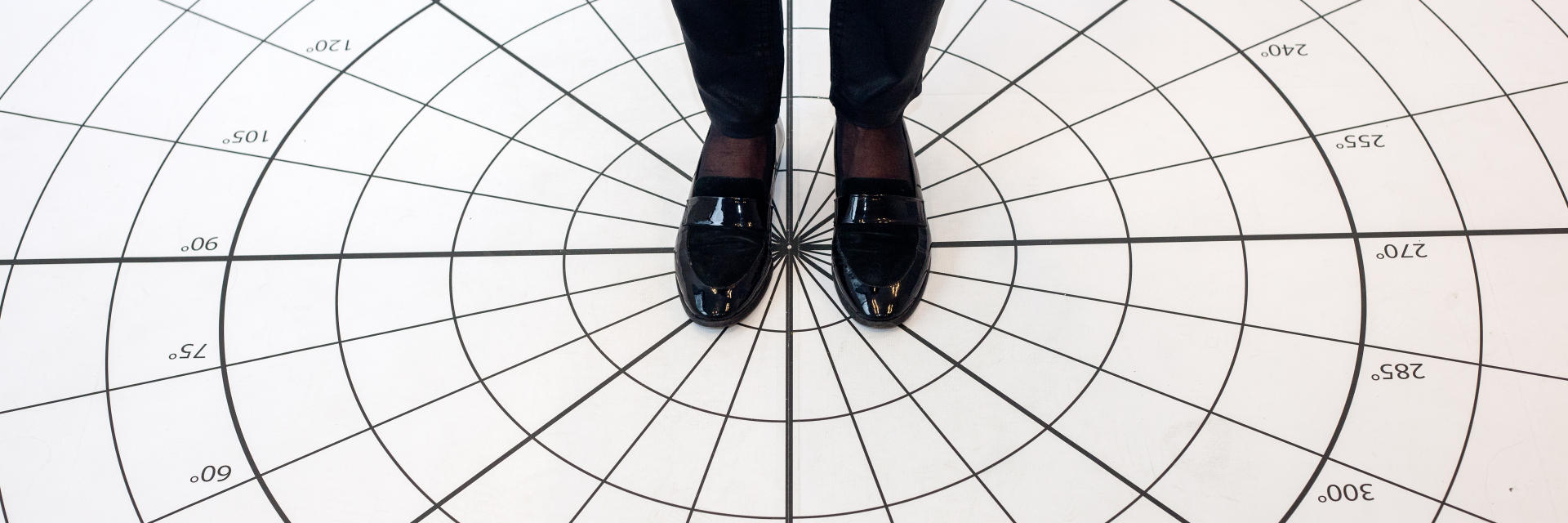
Balance disorders under the eye of NASA
Arms crossed, Noemi, 39, steps forward bravely. The young woman places her heel on the opposite foot and walks step by step along a line drawn on the floor. The researchers noted how many steps they took without hesitation. Then Noémie repeats the exercise with her eyes closed, which is pure defiance. She swayed a lot, the two experimenters supervising her on the alert.
This test is a classic test for evaluating balance disorders. Noémie presented to him in the premises of the University of Caen, at the beginning of October, where about thirty voluntary patients, from all over France, were collected. For four days, a set of examinations enabled the researchers to assess their posture balance, their ability to walk in the presence of obstacles, their perception of angles, distances and time, and their ability to solve various cognitive tasks. Their bone density was measured, and their brain scanned by magnetic resonance imaging (MRI). all of them He, like Noémie, suffers from a deficit of the vestibular apparatus.

vestibular apparatus? An unknown sixth sense. However, it plays an important role in maintaining our balance, the stability of our gaze, and our orientation in space. The feeling of acceleration or deceleration of the elevator, the feeling of an extreme bend in the car are all sensations we owe it to. It still interferes – but, here, its way of working is more mysterious – in our perception of time, the rhythm of our hormonal secretions, the quality of our sleep, the density of our bones…
althoug, “We are aware of its presence only in certain ‘morbid’ states, such as seasickness, alcohol intoxication, and dizziness”And the Pointed out, in 2006, two researchers from the Collège de France, Werner Graf and François Clam. Is it because this little gem of precision, the perfect illustration of the engineering capabilities of nature, has lodged in the labyrinth of our ears, hidden from view?
A variety of sensors
A guardian of our balance, the vestibular apparatus does not function alone. It has two important allies: the visual system and proprioception. A seventh sense, for its part, mobilizes a group of sensitive sensors for stretching and pressure, deployed on our muscles, tendons, and ligaments. These buried guards transmit the location data of the different parts of our bodies to the brain. Eventually, our brain will integrate messages from these three systems – the vestibule, the visual system, and proprioception. And it will be converted, after intelligent computation, into coherent information. for example, “ The body is erect, the head is tilted to the right..
You have 83.57% of this article left to read. The following is for subscribers only.

“Incurable web evangelist. Hipster-friendly gamer. Award-winning entrepreneur. Falls down a lot.”
